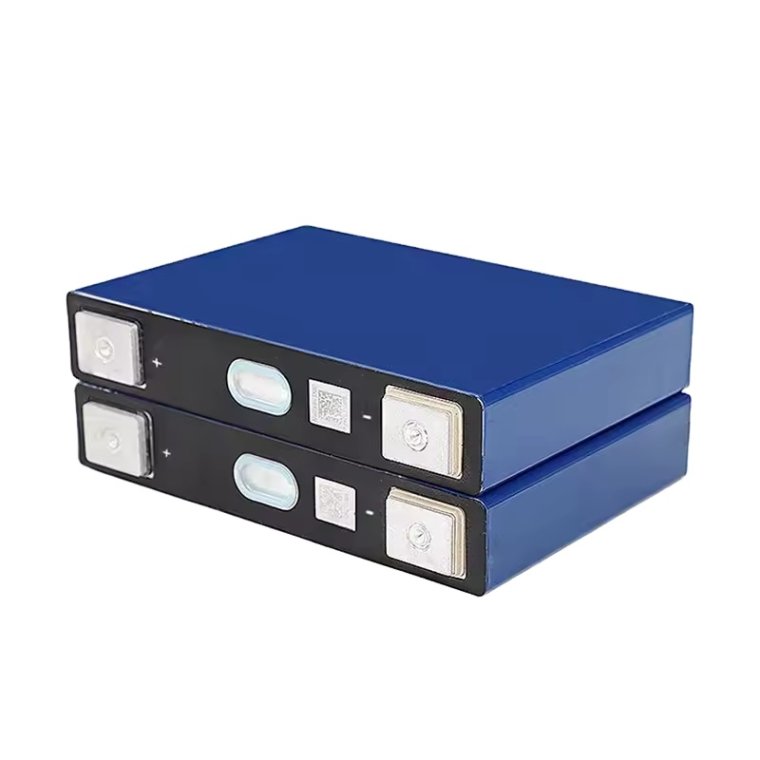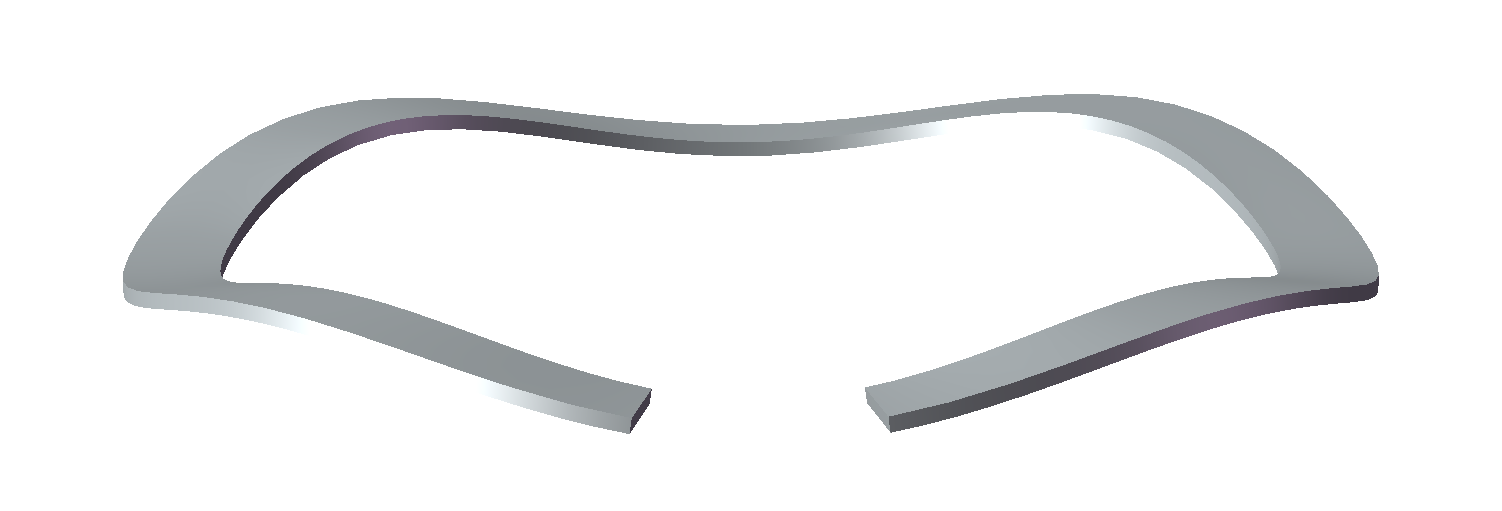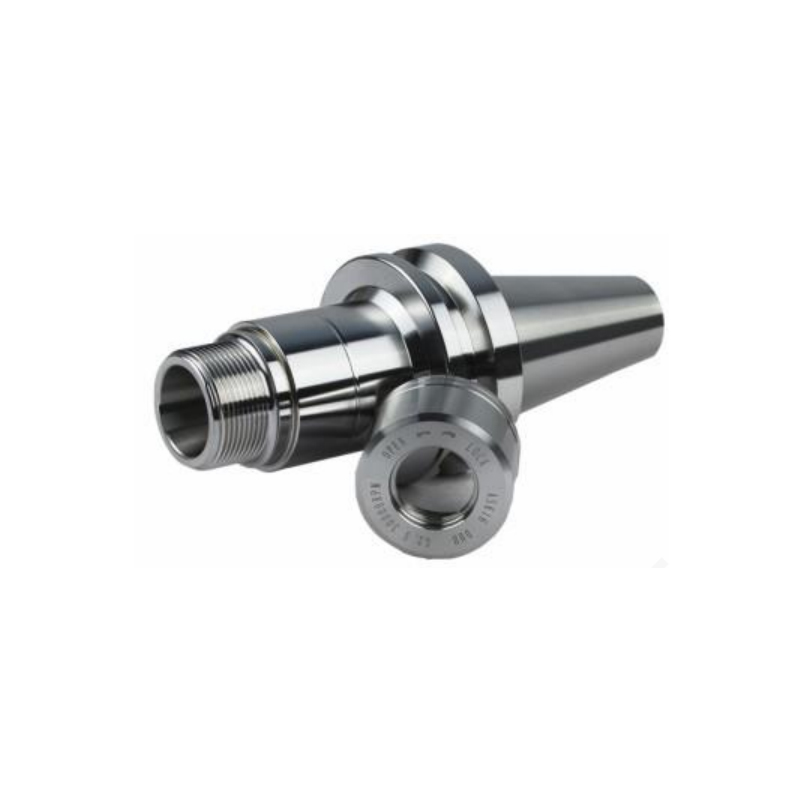When it comes to achieving a flawless paint finish, selecting the right compressor size is crucial. The size of the compressor determines its ability to deliver a consistent and adequate supply of compressed air for your paint spraying needs. In this comprehensive guide, we will delve into the factors to consider and provide expert advice to help you determine the ideal compressor size for your paint spraying projects.
- Understanding the Basics of Compressor Sizing:
To begin, let's explore the fundamental concepts of compressor sizing. Compressors are rated by their cubic feet per minute (CFM) output, which represents the volume of air they can deliver. When spraying paint, it is essential to choose a compressor that can meet the CFM requirements of your spray gun. - Evaluating CFM Requirements:
Different spray guns have varying CFM requirements, which depend on factors such as nozzle size, paint viscosity, and desired application speed. It is crucial to consult the manufacturer's specifications for your specific spray gun to determine its CFM needs accurately. - Calculating the Total CFM:
To ensure optimal performance, it is necessary to calculate the total CFM required by considering all the tools and equipment connected to the compressor. This includes factoring in any additional air-consuming devices such as air dryers, filters, or pressure regulators. By summing up the CFM requirements of all components, you can determine the minimum CFM rating your compressor should have. - Considering Duty Cycle:
The duty cycle refers to the amount of time a compressor can operate within a given time frame. For continuous paint spraying applications, it is advisable to choose a compressor with a high duty cycle to prevent overheating and ensure uninterrupted operation. - Balancing Tank Size and CFM Output:
While CFM is a critical factor, the tank size of a compressor also plays a role in maintaining a consistent air supply. A larger tank can provide a buffer, ensuring a steady flow of air even during peak demand periods. However, it is essential to strike a balance between tank size and CFM output to avoid unnecessary bulkiness or excessive weight. - Considering Future Expansion:
If you anticipate expanding your paint spraying operations or using additional air tools in the future, it is wise to choose a compressor with a slightly higher CFM rating than your current requirements. This future-proofs your investment and saves you from having to upgrade later.
Conclusion:
Selecting the right compressor size for paint spraying is a critical decision that directly impacts the quality and efficiency of your work. By considering factors such as CFM requirements, duty cycle, tank size, and future expansion, you can make an informed choice. Remember, it is always better to invest in a compressor that slightly exceeds your current needs to ensure optimal performance and versatility. So, before embarking on your next paint spraying project, take the time to assess your requirements and choose the perfect compressor size for a flawless finish.





